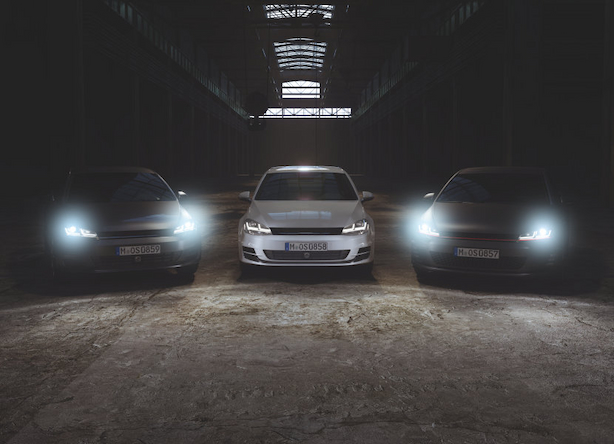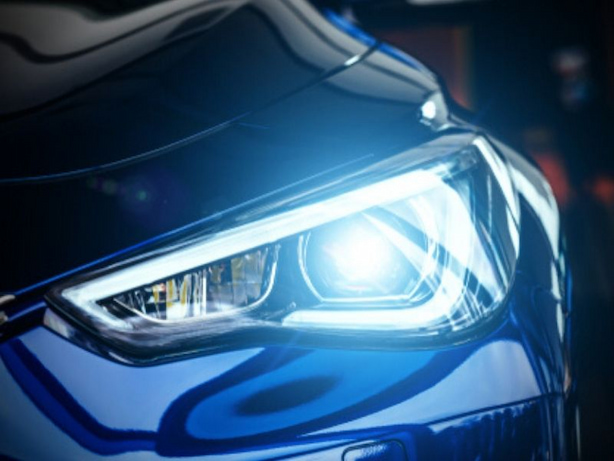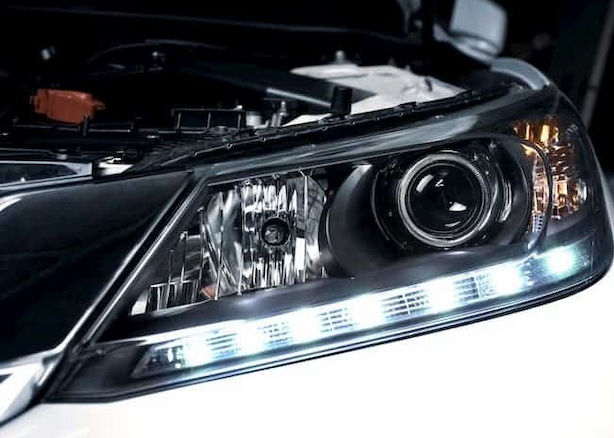Car LED Lights: What Makes Them Superior?
Ensuring your vehicle has proper illumination is one of the most important safety aspects of vehicle maintenance. If your car lights have worn down or are broken, replacing them with a set of LED driving lights can be one of the best investments you’ve ever made. Properly aligned, powerful LED driving lights can go a long way in reducing eye fatigue and improving safety while on the road. But not all driving lights are made equal. Here’s what you need to know before you start looking for automotive lighting.
Contents
Why LED Lights?

LED lights provide a range of benefits for consumers, as well as manufacturers. They come in compact sizes and provide better performance than traditional incandescent lights. Furthermore, they require less power than conventional lights and generate less heat. Plus, they’re far more durable, and resistant to impact from vibration and shock. LED, which stands for light-emitting diode, features a small semi-conductor that illuminates when electrical currents pass through it. It reaches its full light potential the second current passes through it, and it turns off the second the current is withdrawn. But there’s more to LEDs than these benefits, especially when used as car lights.
How Long Do LEDs Last?

Depending on the quality of the build, LED driving lights can last up to 50.000 working hours, or over 100 times the lifespan of conventional filament-filled bulbs. The only downside to LED lights when it comes to their longevity, is that once they’re through, you’ll have to replace the entire light assembly rather than just the globe. Due to their size, LEDs are placed into an array to provide similar performance to that of traditional globes. They feature a reflector and lens technology that lets you focus or spread the light into the desired pattern. Some LED lights come with complex patterns and optical characteristics that you don’t need to install different sets of driving lights at the front of your car.
The Importance of Lumens

A Lumen is the measure of brightness emitted from LEDs. It represents the volume of light emitted, and it’s classified into two categories – effective and raw Lumens. Raw Lumens represents the maximum output of LEDs multiplied by the number of diodes in the array. For instance, 10 LEDs rated at 500 Lumens equates to 5000 Lumens. This number, however, doesn’t take into account the quality of the unit, the thermal losses and the reflection and absorption from the lens, which can range between 10-20%. On the other hand, effective Lumens represent the actual light output. Effective Lumens represent the more realistic and accurate illuminating power of the driving lights. Unfortunately, many manufacturers will list the raw Lumen output to make their products appear more powerful than they are.
The Importance of Colour Temperature
Besides the lumens, another detail to pay attention to when shopping for automotive lights is the colour temperature, also known as the Colour Rendering Index of the light. This represents the ability of the light to properly reveal the colours of illuminated objects when compared to a natural lighting source. In Australia, the colour temperature is expressed in Kelvins. Warmer colours are rated at lower Kelvins (can go as low as 2000), whereas cooler colours come at higher Kelvins (can go as high as 10.000). Daylight is considered to hover around 5000.
With the advancements in LEDs, understanding and choosing the right temperature of the driving lights is very important. Knowing where you’ll drive and how you’ll use the lights is essential to choosing the ideal colour temperature of your lights. Warmer colours have a longer wavelength, making it easier to see in dusty and foggy conditions. However, warmer lights can compromise your ability to discern colours, especially brown and grey. Cooler colours, on the other hand, are better at highlighting dark-coloured objects and providing a brighter illumination. On the downside, they can cause too much reflection and glare, which can result in eye strain, especially when driving in dusty and foggy conditions.
That being said, look for lights there provide the same temperature as daylight. White light is easy on the eyes, and provides decent illumination, contrast and accurate colour rendering. The recommended range is 4500-6500 Kelvin, as that’s how you get the best vision and depth perception.
Spread vs Distance
The largest selling point for LEDs is that they’re capable of throwing brighter illumination at a longer range than other driving lights. After all, the further up you see, the more time you’ll have to react to hazards and obstacles. However, being able to throw large illumination over long distances is only one piece of the puzzle. Based on the type of terrain you drive in, the spread of light to the sides of your car can be just as important. That’s why most people get a combination of flood and spot lights. Modern LEDs have mostly eliminated the need for these combination lights, as they not only provide illumination over long distances, but also over a broad spread in the immediate range.






